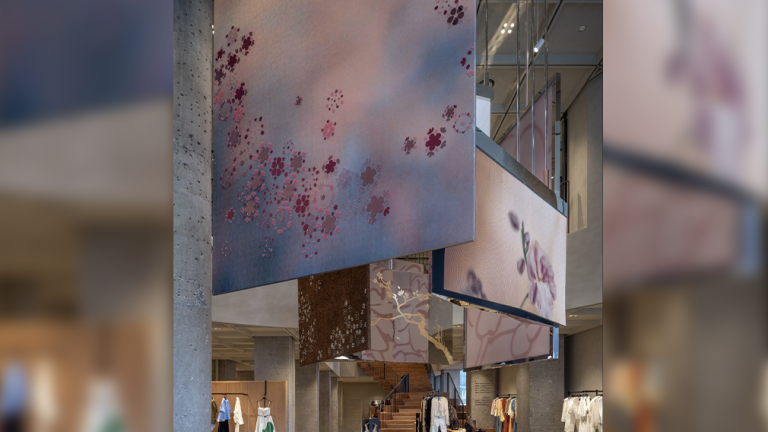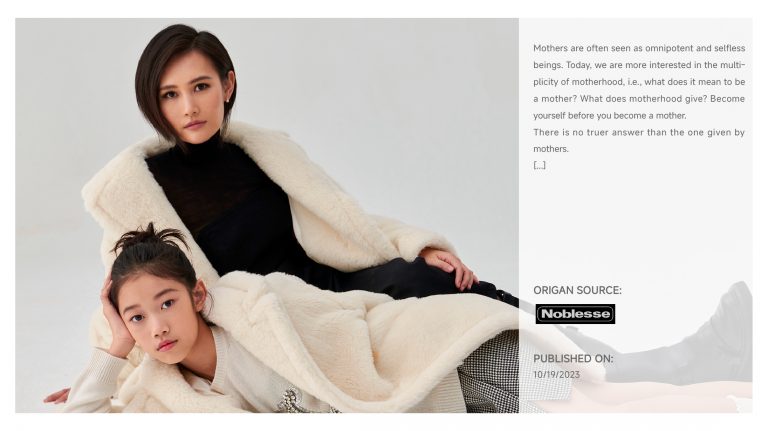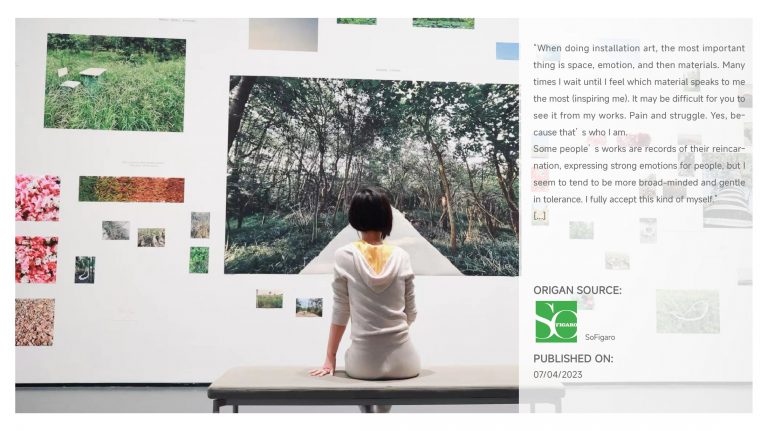On August 21, the 2020 ART POWER 100 Unbounded Art Season and Hanyi Art Discovery Exhibition officially kicked off at Quintiles Garui Cultural Center. This art season is jointly organized by ART POWER 100, Hanyi Font and Quintiles Garui. The Rui Cultural Center has launched four parts, including the Hanyi Art Discovery Exhibition, the Unbounded Art and Culture Tourism Forum, the “Art+” series of salons, and the “Guofeng Meteorological Bureau” Chinese character themed market, aiming to build a display and exchange platform for art and the public. Unbounded scenes.
The Hanyi·Art Discovery Exhibition was named “Loading” by curator Lu Zhengyuan. It exhibited 30 works by 29 young artists, including easel paintings, installations, videos and other media forms. A considerable number of participating artists have international study and life experience. Although the lifestyle under the epidemic has become the new normal of everyone’s life, during this special period, various countries have stopped issuing visas and suspended flights due to epidemic management. “Today has become an object with other meanings. We interviewed these artists and listened to how they talked about their foreign experiences.
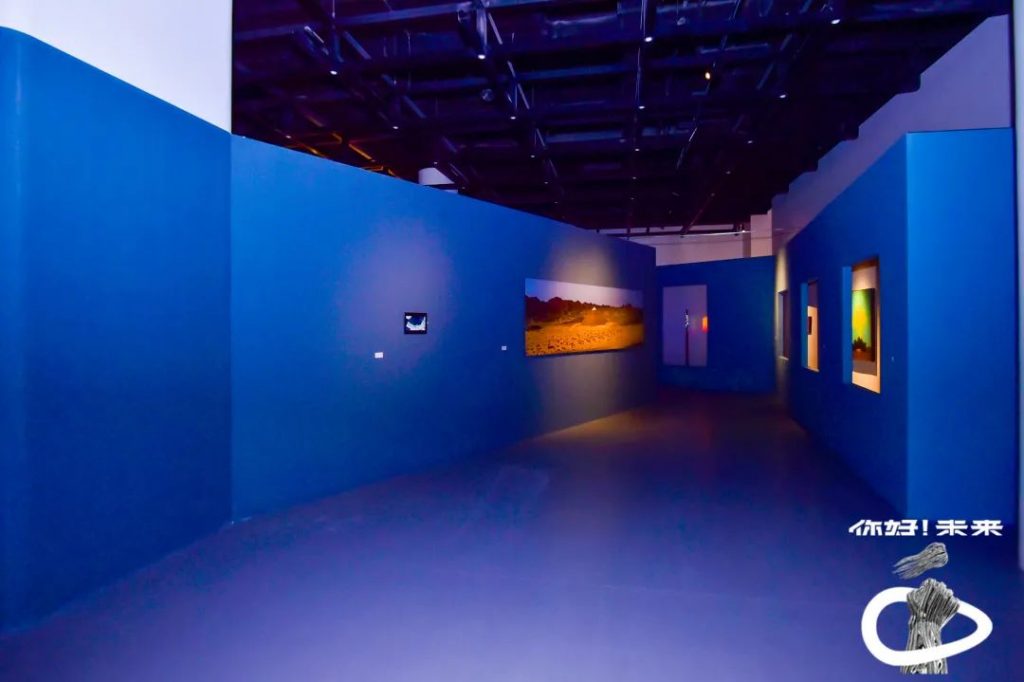
Hanyi Art Discovery Exhibition “Loading”
(Swipe left to see more)
JUJU Wang is a Chinese-American who immigrated to the United States with his family at the age of nine and grew up in the Bay Area of California. As a result of her blood, she returned to China at the age of 19 and developed a strong interest in Chinese history and culture, especially ethnic minority customs and handicrafts.
Wang Jue now lives in Shanghai. His resume as a professional artist includes many collaborations with commercial brands and spaces. Today, the boundaries between design and art are gradually blurring. Having graduated from the Department of Civil Engineering, she has unique advantages in the production of installations and the experience of space. She said that all she makes are “useless” things, which is exactly what art is. The essence of it.
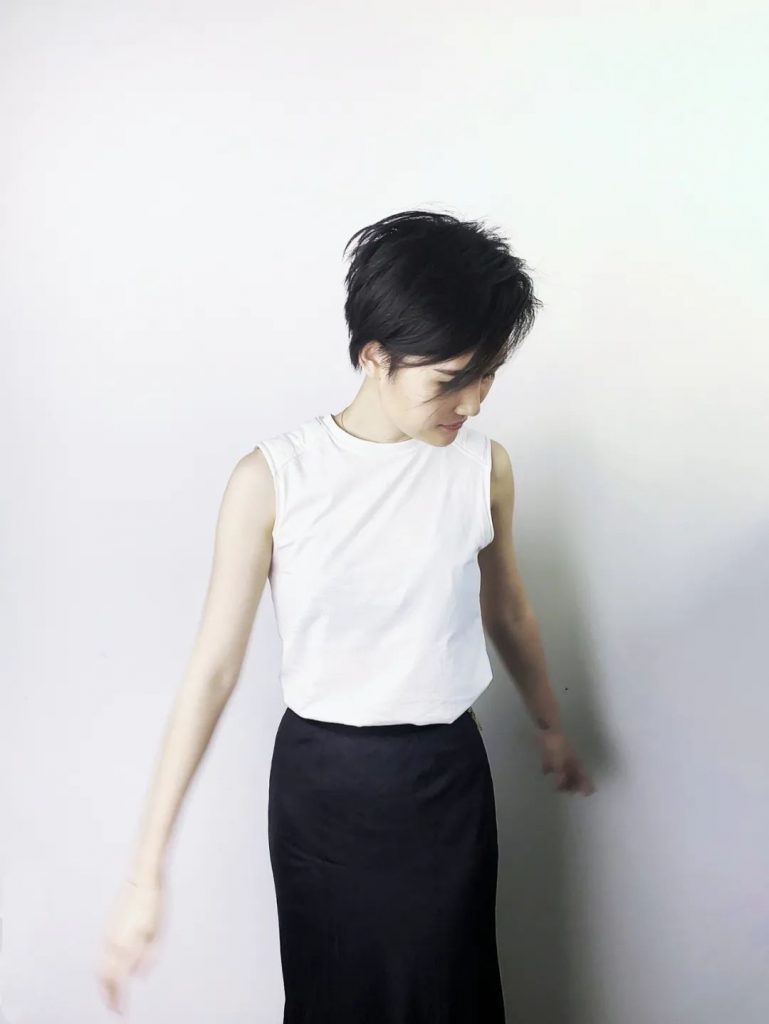
JUJU Wang
America taught me an optimistic attitude
I feel safe in China
ART POWER 100: When we think of the United States, we think of the openness and freedom of New York. Which city do you live in in the United States? Is it a typical American?
Wang Jue: I grew up in the San Francisco Bay Area, California, USA. It was a very tolerant, open and vibrant area. This experience growing up taught me to be an optimistic person and maintain a positive attitude towards life. Silicon Valley is about a two-hour drive from my home. There are many important art museums and galleries in San Francisco, including MoMa and the Asian Art Museum. If you want to pursue art, San Francisco is a place you have to go. Maybe when I think of San Francisco, I think of Silicon Valley, but I don’t have many programmer friends.
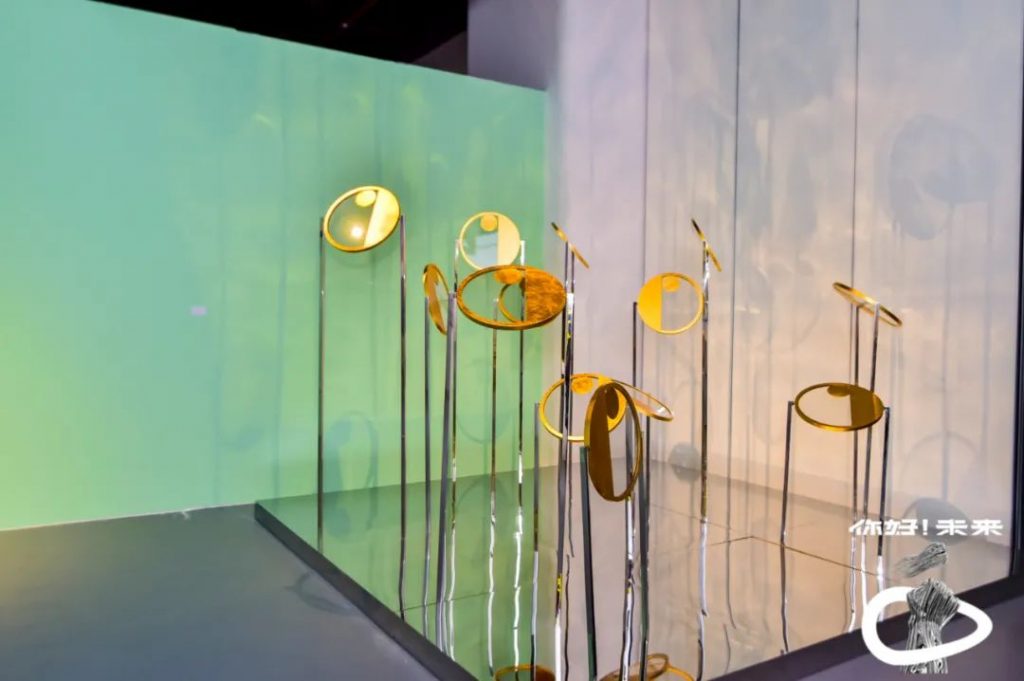
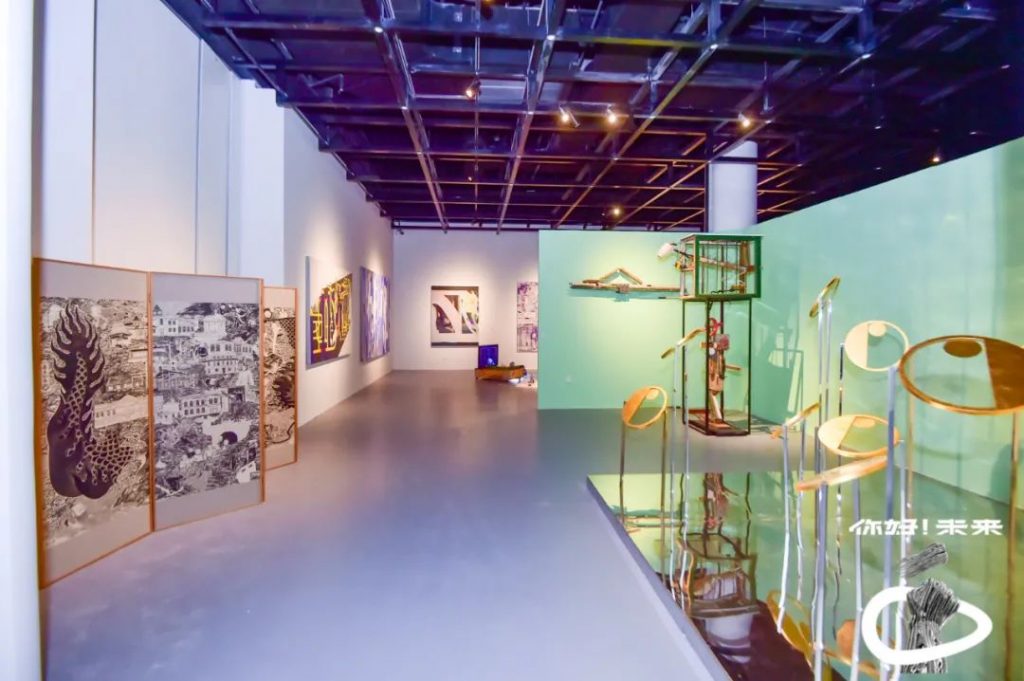
Wang Jue’s work “Rise” at the exhibition “Loading”, Beijing, 2020
ART POWER 100: You studied civil engineering in college. How did you transform into an artist?
Wang Jue: In terms of creation, I prefer to make something to express my feelings rather than giving it a certain function. Expressing myself and expressing my emotions is more urgent for me than creating a product that is user-friendly or makes life easier. As an installation artist, I am fortunate to have a background in civil engineering. The professional knowledge allows me to realize the vision I have in mind.
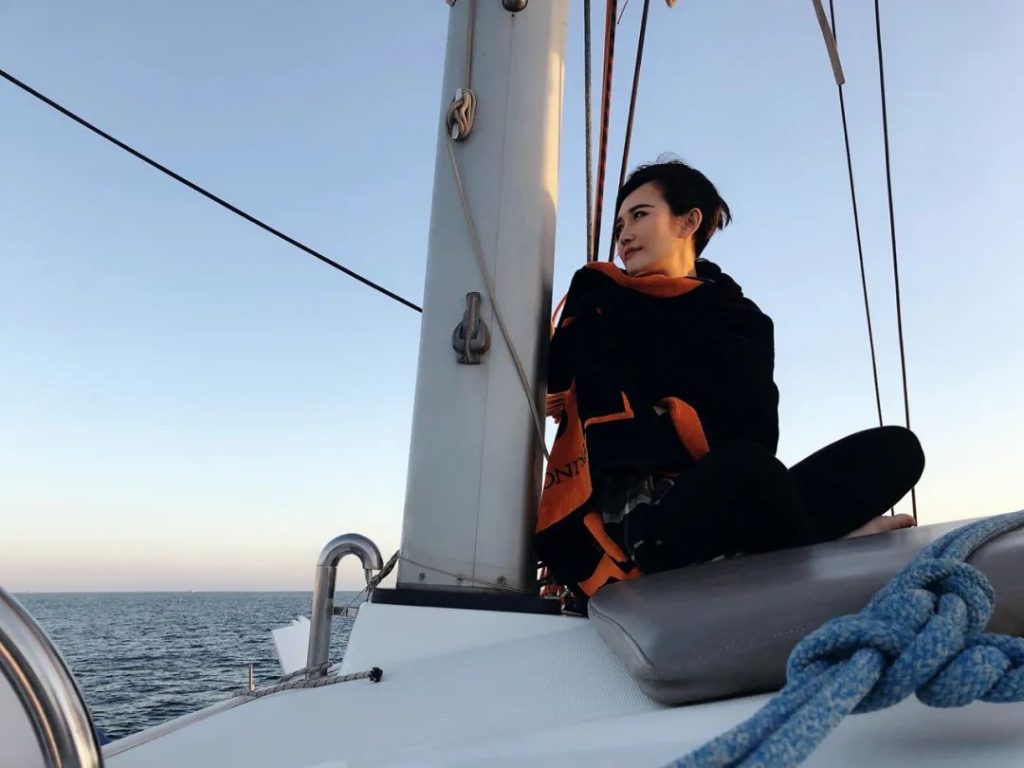
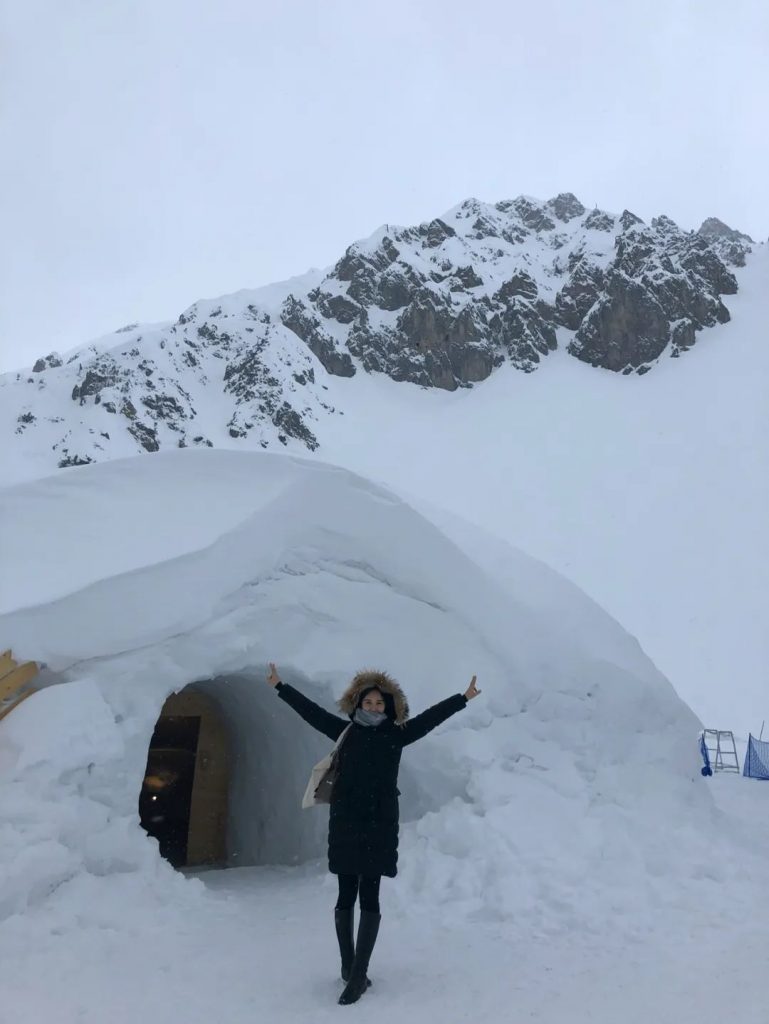
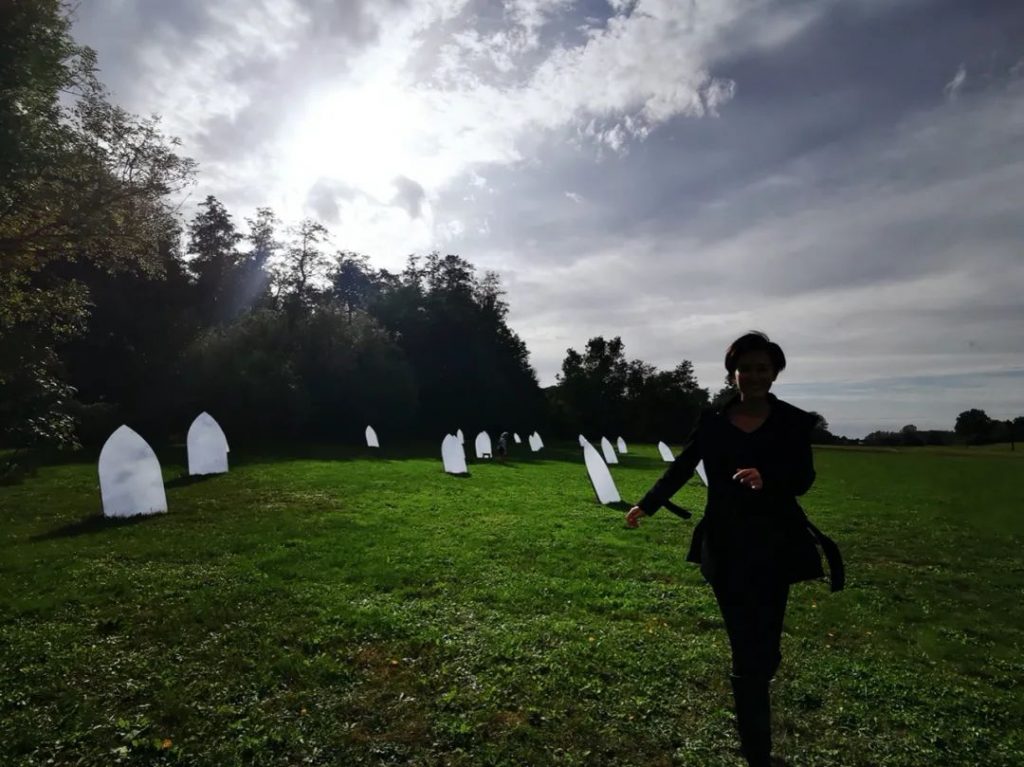
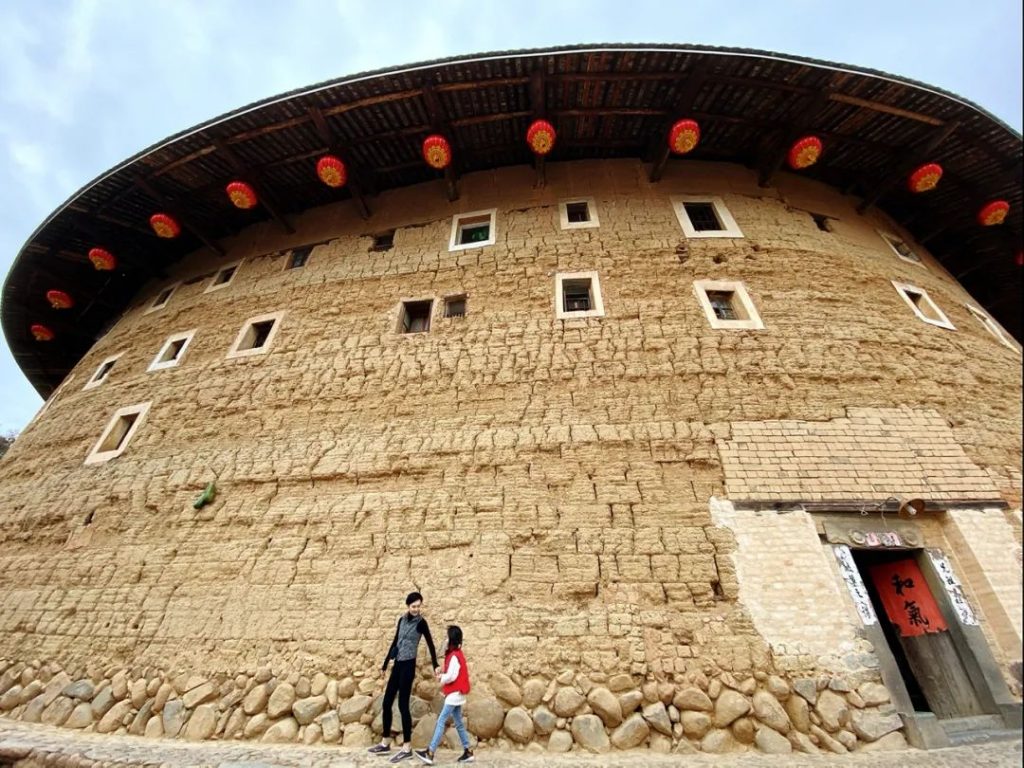
have a natural life
ART POWER 100: You now live a large part of your life in China, is that a choice?
Wang Jue: Yes, I believe this is a very wise choice. Now my home is in Shanghai, and I feel at ease here. Shanghai is now one of the world’s megacities, where modernity and tradition collide. At the same time, I am constantly learning and exploring Chinese history, culture, and handicrafts. These fields continue to surprise me, and I enjoy this process very much.
ART POWER 100: The natural environment brings you creative inspiration. What is the relationship between man-made and nature today? What role does computer technology play in this relationship?
Wang Jue: When I was a child, there was a redwood forest next to where I lived. I walked and camped there and spent a free childhood. To this day I am fascinated by the tall cedar trees in the forest. I miss everything there, including the smell, the sounds of the forest, the look of the trees… Similarly, the longer I live in China, the more I like bamboo, its tranquility, its vitality, and its infinite possibilities. .
Today we respect nature more than ever, and I think this is a mutual respect. I’m not a technology geek, and you won’t see an emphasis on technology in my works. It’s not that I don’t believe in technology, of course, technology makes our lives more convenient and efficient. However, returning to the discussion between man and nature, it must be a feeling from the heart, not caused by computer technology.
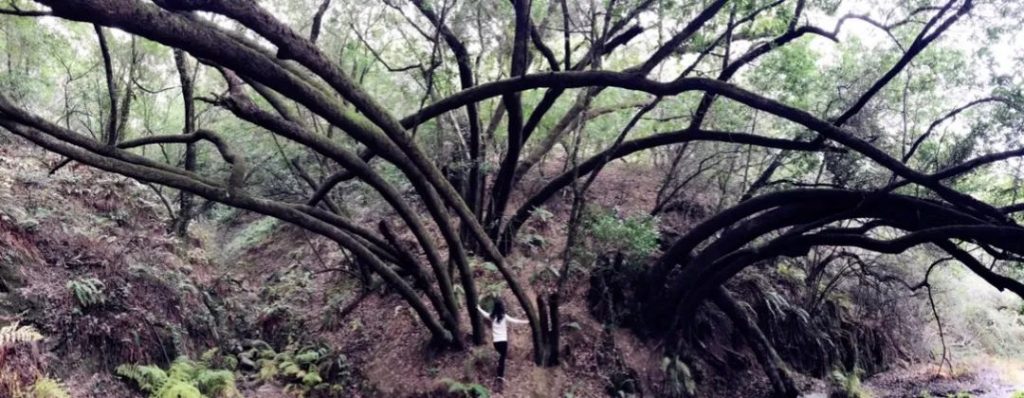
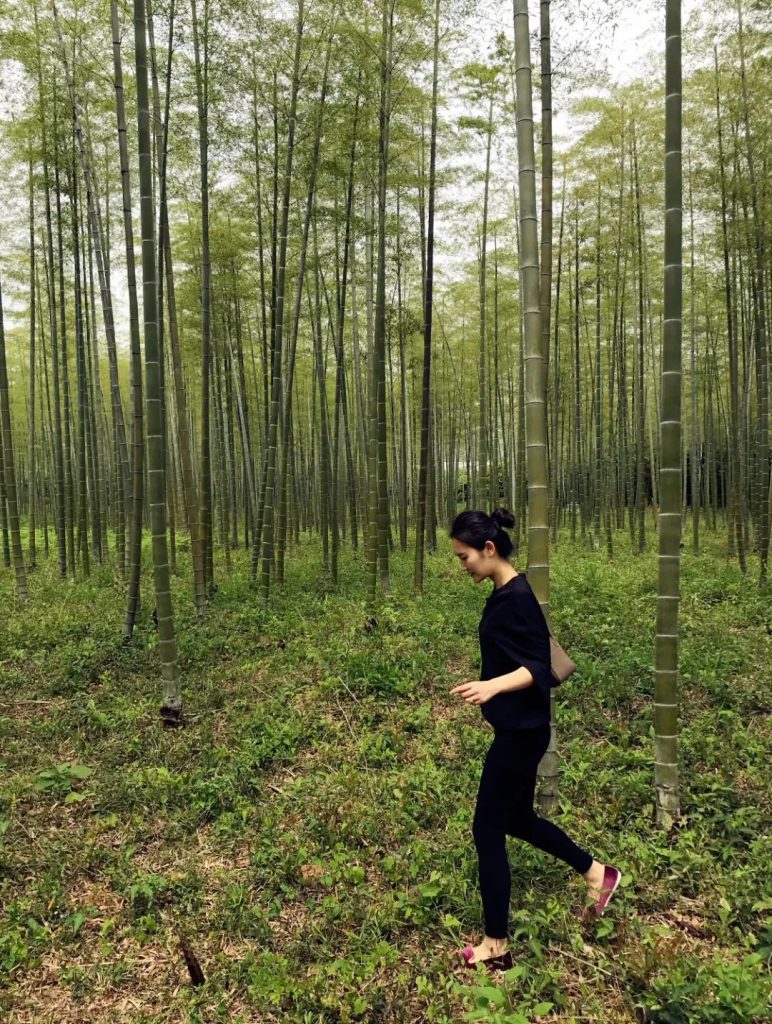
Redwood forests in the United States and bamboo forests in China
ART POWER 100: Chinese folklore has brought you a lot of inspiration. Give us a few examples.
Wang Jue: After returning to China, I fell in love with traditional Chinese handicrafts and the stories behind them. For this reason, I visited many cities and villages. One of the places that impressed me the most was Manzhao Village in Xishuangbanna. Manzhao Village is isolated from the rest of the world. There are 196 households in the village, and they have their own language, beliefs, customs, and food. They are all Dai people and have made a living by making paper for 800 years, so the paper they make is also called Dai paper. In the villages, we will find that the status of Dai women is obviously lower. Men and women are separated when eating, and only men can enter the temple when worshiping ancestors. However, most of the economic resources come from women’s efforts and efforts. Because there is little contact with the outside world, the paper-making process is basically purely manual. From taking the bark, washing, soaking, beating, pulping, to fishing out the paper and drying it. This has been the case for 800 years. The biggest use of Dai paper in ancient times was to copy scriptures. If you go to Manzhao Village today, you can still see scriptures written on Dai paper hundreds of years ago. This custom is still preserved today. Although this village may appear to the outside world to be unequal between men and women, the Dai people living in the village are particularly simple and happy. I like the mountains, rivers, sunshine, and simple villagers there. So I made an art installation, Cloud House, using Dai paper from the village. It is an interactive installation. Light music is played in the 100-square-meter space, and the air is filled with the fragrance of the forest. As the bracket rotates, the light shines through the clouds and is reflected in every corner of the room. You can also sit on the swing and swing among the clouds. This series of interactive settings will guide your emotions and separate you from the city.
ART POWER 100: Light and shadow are very important elements in your works. How do you use light and shadow in your works?
Wang Jue: My fascination with light and shadow mainly comes from nature. I love how the sun shines through the leaves, leaving beautiful, surreal shadows on the ground. When the wind blows, the shadows move with the wind. The sight was so relaxing and healing to me that I could stay there and watch it all day.
Everything I make is the same, with a voice from the heart. In many projects, it is my first instinct when I walk into that space and listen to what the space says to me.
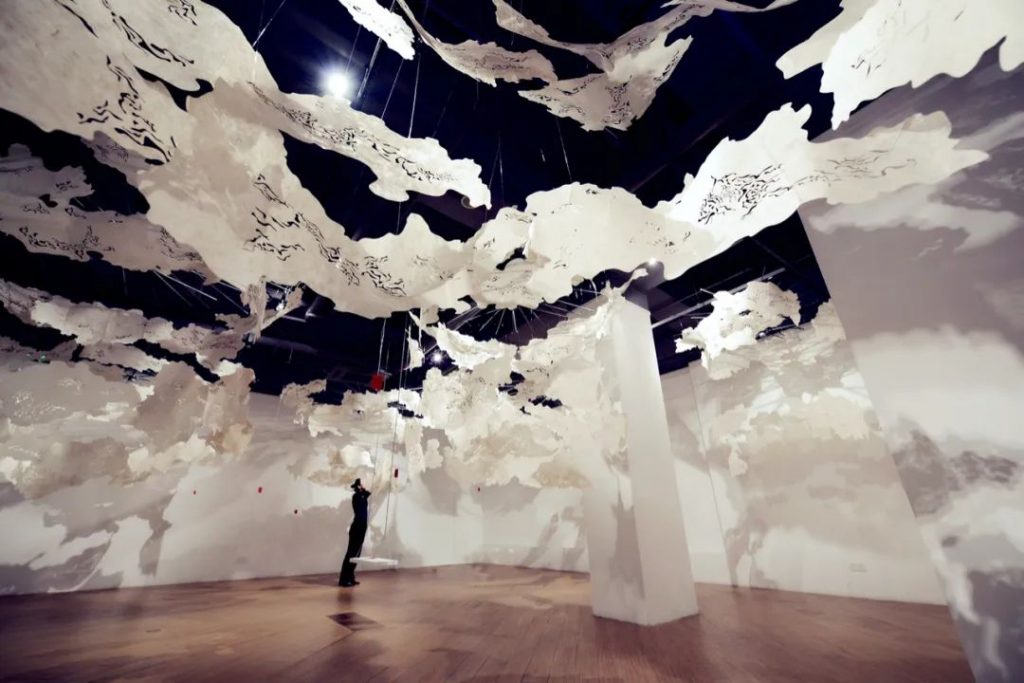
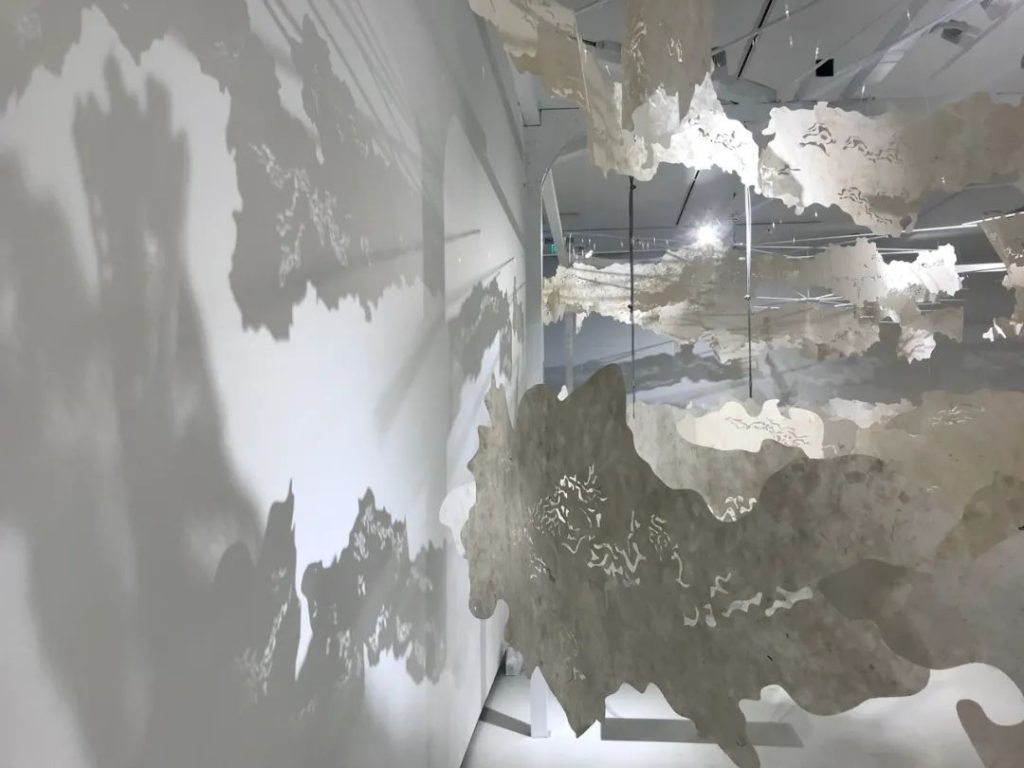
cloud house
Dai paper was born in the tropical rainforest of Xishuangbanna, Yunnan. With an original and pure production process, it maintains an environmentally friendly tradition. With a history of more than 800 years, Dai paper craftsmanship was created during a period when man and nature respected each other. The installation combines handmade Dai paper with modern laser engraving technology, transforming traditional and rough handmade paper into an indoor “cloud house” with changing light and shadow. Let us in the city relax as if we were back in nature.
ART POWER 100: How does your background in civil engineering support your artistic practice?
Wang Jue: The formula of interior design is: space, material, and function.
The program of installation art is: space, material, and emotion.
When creating art installations, I create another universe, one that only exists in my mind. Even though my major is civil engineering, many of my ideas cannot be expressed accurately. On the one hand, an artist’s thinking allows for imaginative thinking without any boundaries. My engineering background forces me to think logically and economically. Many times I have to use 3D modeling to demonstrate the stability of the device and then choose the materials to use, so I am very grateful for my engineering background.
ART POWER 100: How do you view the boundary between design and art?
Wang Jue: As I mentioned earlier, design tends to be more practical, while art focuses more on emotional expression.
However, today the boundaries between design and art are gradually blurring. Even in some international exhibitions, you will see both presented at the same time. The term “functional art” is becoming more and more accepted, which is interesting and I really like this type of work. In the United States, designers are willing to discover problems in life and find ways to solve them, while in China, more design is to create a better lifestyle.
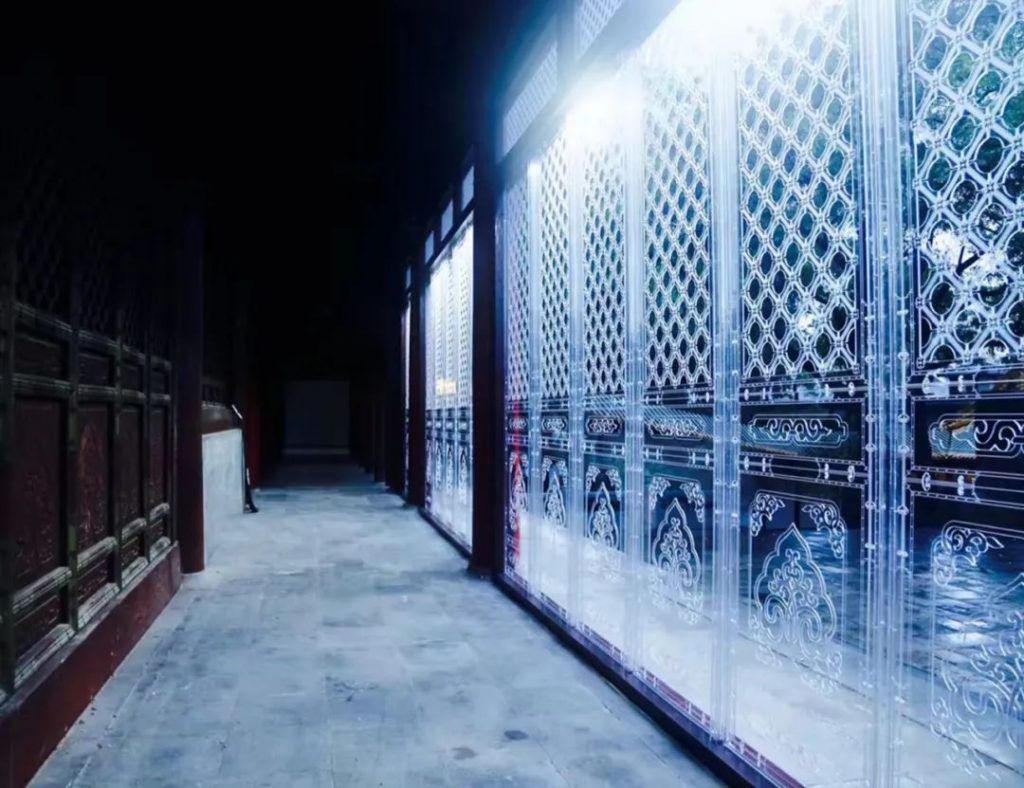
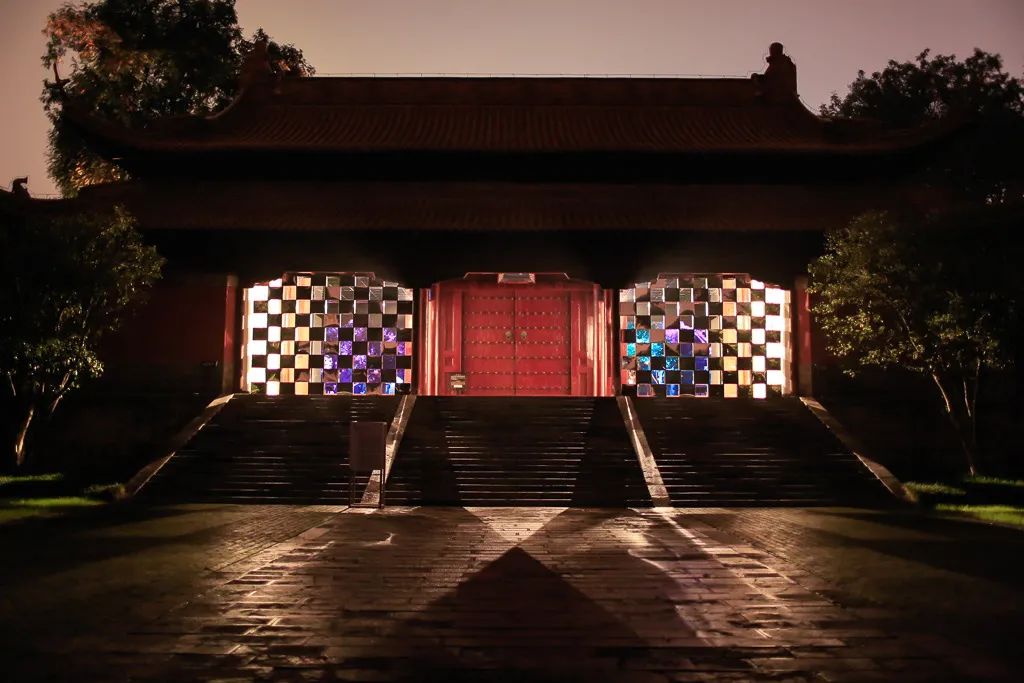
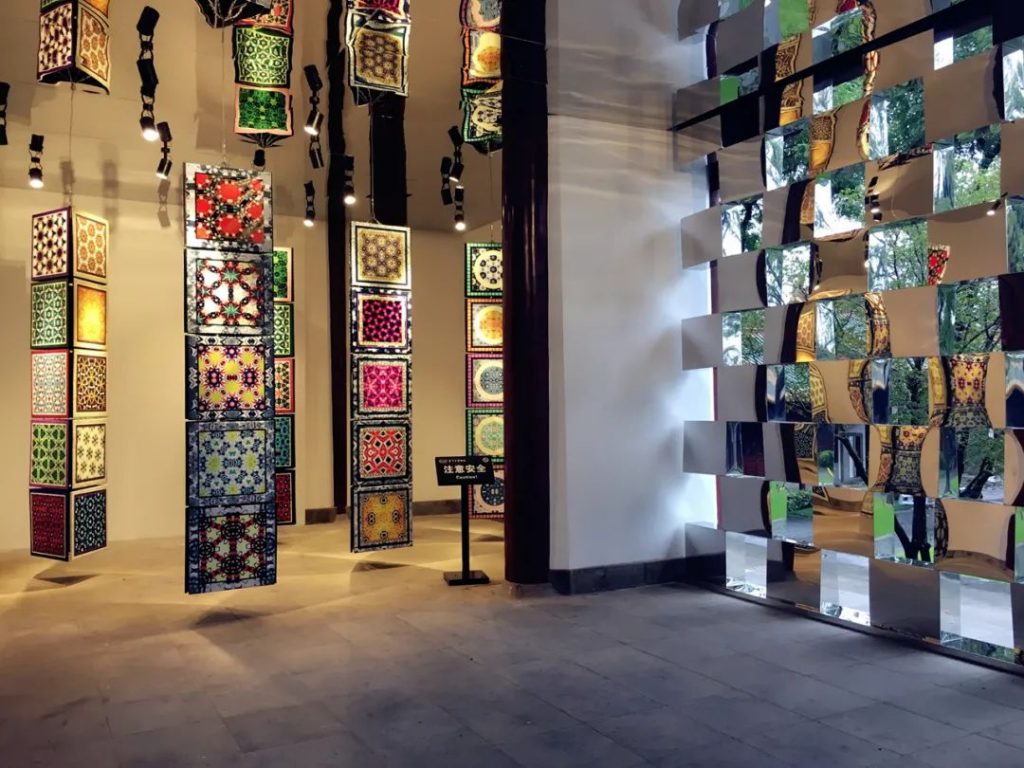
Look at the palace
In 2016, he was invited by the Nanjing government to create a series of art installations for Chaotian Palace, the main venue of the 7th Nanjing Famous Cities Conference. Using Nanjing’s local materials and architectural details, we hope that through these four “Site-Specific Art Installations”, the audience can re-understand the beauty and shock of Chinese ancient architecture. The series of installations is named “Kangong”, which means “seeing the Chaotian Palace”. The English name “PalaSee” means “to see the palace”.
ART POWER 100: Is the business environment better in the United States? What role do artists/designers play in commercial collaborations?
Wang Jue: Each has its pros and cons, and I can’t say which one is better. Of course, some major overseas luxury brands have long discovered the power of art in business and have established brand art funds. What artists have to do is to maintain their independence in collaboration, the purer the better. When brands find artists to collaborate with, they value the quality of the artist’s creations that matches the brand’s positioning. Of course, this kind of respect is two-way. Only in this way can good works be created.
ART POWER 100: What is the difference for you between commercial collaborations and exhibitions in museum spaces?
Wang Jue: No matter how much free creative space a brand gives artists, the brand will always bury a “theme” and some “obligations” in the artist’s mind. Budget, presentation, and the value it brings to the brand are always taken into consideration before the artist creates. Museum exhibitions are different. Of course, there will be some venue restrictions, but you can display the works you want to display. Sky is the limit, everything is possible.
ART POWER 100: Are you a professional artist now? Apart from creating art, is there any other job that supports your life?
Wang Jue: I am a professional artist. That’s what I love, the studio being able to run itself. I am very lucky that my family supports me both mentally and financially. I am also exploring some environmentally friendly and reusable materials to minimize costs.

sea-cret
I grew up in the Bay Area of California, which is surrounded by the ocean on three sides, so I spent many weekends at the beach and at sea. I especially like the sea in the evening, before the sun sets. Because it is very quiet and has a healing power. I prefer the picture of the sun shining on the sea, sparkling as the sea surface floats, it is particularly gentle and not dazzling. These images always appear in my mind, so I came up with this device: sea-cret , the secret of the ocean.
ART POWER 100: Have today’s special international relations disrupted your life? What are your recent creative plans?
Wang Jue: I am honored to participate in this exhibition. This is also a very important art event for me this year. I have met many artist friends in this exhibition. I like their works and am full of confidence in the future development of Chinese art.
The biggest impact should be that I cannot participate in or visit overseas exhibitions. Art cannot be replaced by the Internet. Many works can only be shocked by the Internet. In the past six months, I have grown a lot and seen the good and evil in human nature, which has made me a more complete person. When I feel lost, I try to use art to heal, so my latest work is also about the theme of art healing.
